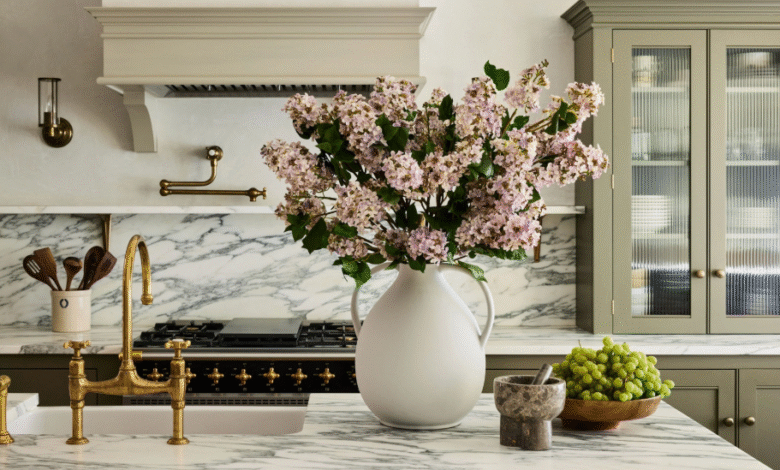The Timeless Language of Flowers in Home Décor

From the frescoes of ancient Rome to the Instagram feeds of today, flowers have always found their way into our living spaces. Their presence, fleeting yet vibrant, offers more than simple beauty: they mirror culture, history, and our endless pursuit of bringing nature indoors. The story of floral decoration is, in many ways, the story of how humanity has sought to tame and celebrate the natural world.
In early civilizations, flowers were not just decorative—they were symbolic. In Egypt, garlands of lotus adorned banquet halls and temples, representing rebirth and the sun’s cycle. The Greeks and Romans took it further, weaving roses and violets into wreaths to crown heroes and to perfume their homes. By the Middle Ages, flowers were not only displayed in clay jugs or carved wooden vessels but also strewn across floors for fragrance and supposed protection against illness. Even in today’s market, this tradition of bringing flowers into interiors lives on, whether with freshly cut blooms or with lasting arrangements from sources such as www.driedblooms.co.uk, which shows how timeless this custom remains.
The Renaissance was perhaps the first era to elevate flowers into a central part of the domestic stage. Wealthy Italian families displayed lavish bouquets in ornate vases, echoing the still-life paintings of the time. Tulips, imported from the Ottoman Empire, became the symbol of wealth and refinement in 17th-century Holland, where arrangements were carefully staged to convey social status. In Britain, meanwhile, posies and nosegays became popular—tiny handheld bouquets that also decorated living quarters, often carrying hidden meanings in an age when flowers formed their own coded language.
By the 18th and 19th centuries, flower arrangements had become more elaborate, paralleling the rise of middle-class households eager to showcase taste and cultivation. The Victorian era in particular is remembered for its obsession with the “language of flowers,” known as floriography. Each bloom carried a message: a red rose meant passion, a white lily symbolized purity, and a sprig of lavender whispered devotion. Parlors across Europe were filled with ornate vases holding carefully curated bouquets, designed to express feelings that words sometimes could not. Floral wallpaper, upholstery, and pressed flowers in glass frames further extended the aesthetic, ensuring that even in winter, a house could bloom.
The 20th century saw shifts in taste as minimalism, modernism, and later bohemian trends reshaped how flowers were displayed. In the Art Deco years, bold arrangements matched the sleek geometry of interiors, while post-war households sought more casual, cheerful displays—often daisies, carnations, or seasonal wildflowers placed in everyday glass bottles. By the 1960s and 70s, the flower child movement inspired a return to the natural and the unpolished, with wildflowers in terracotta pots or even macramé plant hangers adorning kitchens and living rooms.
See also: Top Bed Trends for 2025 in UAE Home Interiors
Today, the use of flowers in interior decoration is experiencing a renaissance of its own. Fresh blooms remain central to weddings, celebrations, and seasonal home accents, but dried flowers have surged in popularity, offering both sustainability and permanence. Unlike the transient beauty of fresh arrangements, dried bouquets retain their form and color for months, even years, allowing homeowners to maintain a sense of natural beauty without constant replacement. This echoes ancient traditions while adapting to modern lifestyles focused on longevity and eco-conscious choices.
Ultimately, the history of floral decoration is not merely about aesthetics. It reflects how humans interpret beauty, express identity, and connect with the natural cycles around them. Every era has used flowers to tell its own story—whether through symbolic garlands in temples, coded bouquets in Victorian drawing rooms, or minimalist arrangements in a modern city apartment. As long as people seek to bring life and meaning into their homes, flowers—fresh, dried, or preserved—will remain the most universal and enduring form of decoration.




